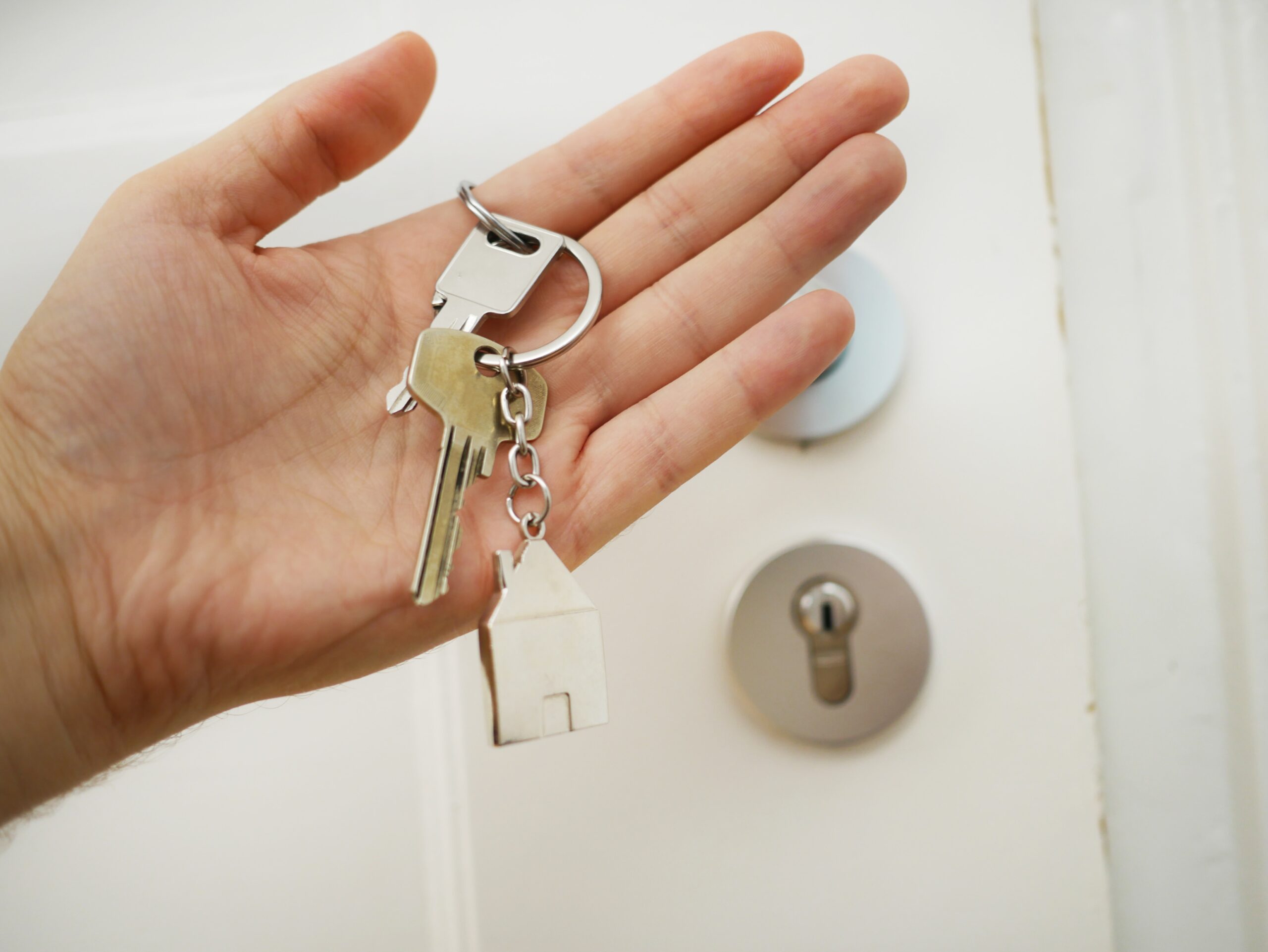Your lease will clearly state the move-in date and may include specific move-in instructions. Carefully review your lease before the signing to ensure you can accommodate the moving instruction and schedule, and then continue to reread that portion of the lease before your move-in date.
If you plan to use a moving company, you should ask your landlord or building manager if they require a Certificate of Insurance (COI. If required, you must ask the moving company for the document and send it to the building owner. The COI verifies that the company has insurance, and it does not cost anything for you to receive the document.
You will either acquire the keys for the apartment before the move-in date or on the day. The process for obtaining the keys depends on someone’s schedule if other tenants occupy the unit and other individual factors.
When reviewing the move-in rules, you may notice that you are only allowed to move into their building during certain times of the day, like the morning or afternoon. Additionally, you may have to reserve elevator slows or freight elevators with the doorman or building superintendent.
How to Find a Moving Company
Many renters use the help of a moving company to ensure their items safely move between locations. While most renters secure their new apartment within a month of their move date, you should aim to hire a moving company within at least one week of your move. Obviously, the further in advance you reach out to a company, the better chance you have at securing your desired date and time.
You can use search engines to look for moving companies in your area. Some companies specialize in short-distance moves, and others may help with cross-country moves if you move to New York City from another location. Once you find a company that aligns with your moving plan, you should call or email to begin the scheduling process.
You can call a few different companies to find one with the best rate. While calling a company, they will ask about details regarding the move, like where your starting location is, where you are moving to if any of the buildings have elevators, and how many rooms worth of furniture you plan to move. Some companies may be more specific than others with their questioning and may schedule an additional call where you list out all the large items in the apartment like beds, couches, television stands, etc.
Once the moving company has all of the required information, they will provide you with a quote. The quote is subject to change depending on if you have more items on moving day, but typically the quote does not stray much from the actual price you will pay after the move. Renters who move to or from an apartment on a higher floor of a walk-up building will have to pay a higher moving fee.
Alternatively, you can find helpers on sites like TaskRabbit. However, helpers may cancel last minute, so it’s always good to have a backup plan.
Tipping movers
You should budget an additional 10% to 20% to tip your movers. Additionally, you should purchase refreshments like water or Gatorade to offer the movers, especially on a hot day.
When tipping, you should divide the cash equally and hand the money to each mover individually. Some moving companies may also accept tips through online payment transfer services. If unclear on how best to tip, you can ask the moving company or the movers themselves how they prefer to receive payment.
Packing Tips
Moving can be a stressful period between finding an apartment, signing a lease, and then physically completing the actual move. Follow to below tips to make your moving process easier:
Get a head start
Start packing several days before the actual move. You can begin to pack items that you will not need for several days, such as extra household supplies, games, off-season clothing, etc.
Purchase proper materials
Purchase different sized boxes. Large boxes are great for lighter items like pillows and blankets, but heavy items like books and kitchen appliances are best packed in smaller, more manageable-sized containers. You can also purchase boxes for specific purchases, such as smaller boxes with a clothing rod to hang items directly.
Buy sharpies for labeling boxes, scissors, zip-lock bags for loose items, rubber bands or twist-ties, and bubble wrap or newspaper for fragile items.
When putting belongings into boxes, you should also reinforce the bottoms of boxes to ensure they don’t break.
Consolidate belongings
Before your move date, you should begin packing smaller items into boxes and storage containers. During this time, you may consider how many items you want to take to your next move and therefore decide to donate or recycle others.
You can consider donating or recycling any clean and gently used items that you do not plan to bring to your new home.
Dispose of Old Furniture
Every city has different methods of disposing of old pieces of furniture and trash. The NYC Department of Sanitation’s website outlines best practices for those wishing to dispose of their old belongings.
Some movers can take old or unused furniture, but they may charge an additional fee.
You may also wish to purchase gently used furniture during the moving process. Click here for tips on furnishing a new apartment on a budget.
Day-of tips
On the day of the actual move, you should put the final remaining items into boxes before the movers arrive. Movers show up to their scheduled time slot under the assumption that they may provide a few extra boxes and materials but that they will spend the majority of their time packing up the large pieces of furniture and physically moving those along with boxes.
You can place your small valuable items and personal documents into a backpack that does not have to go with movers or into a truck.









